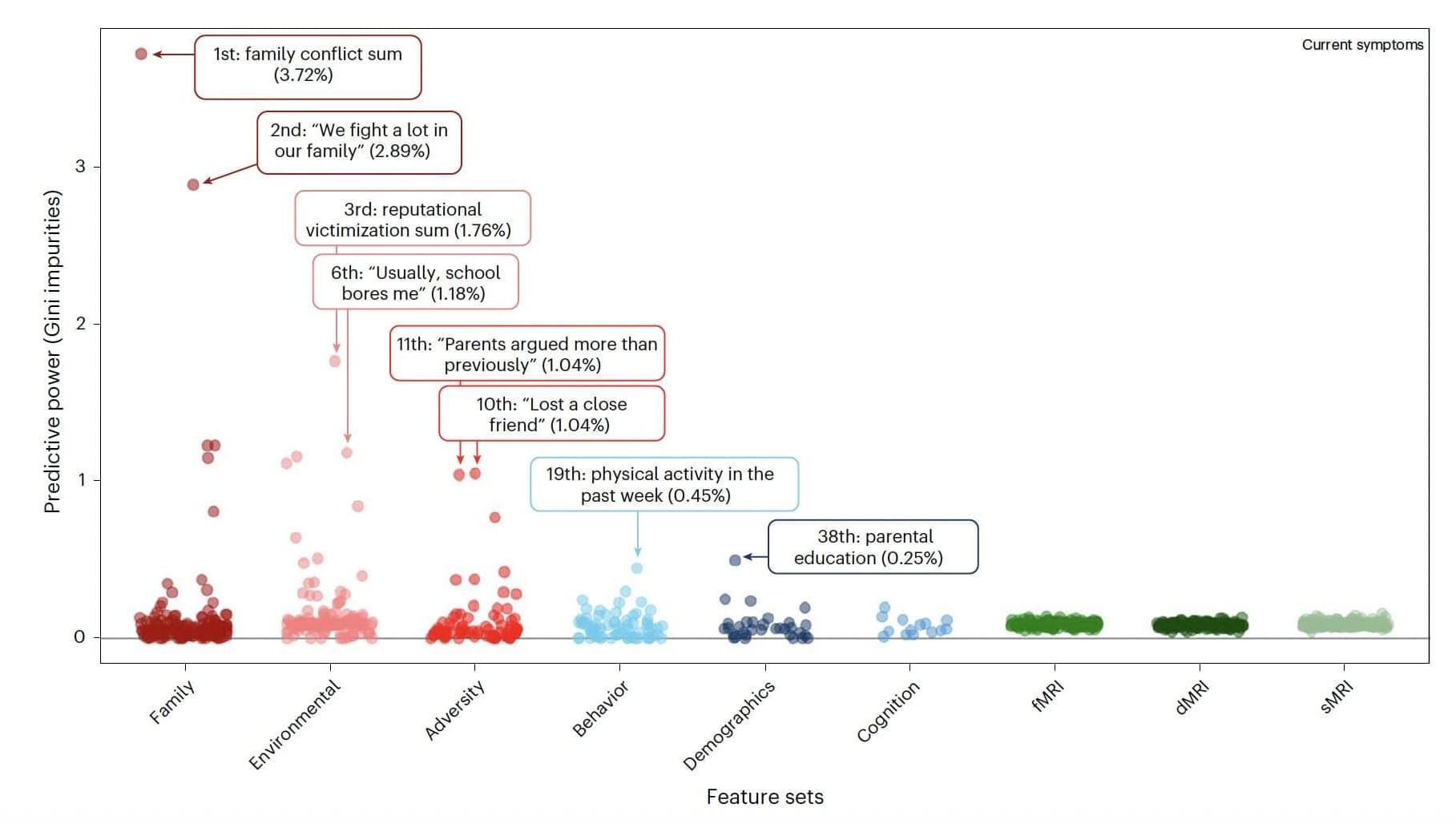Identifying the factors that contribute to psychopathology and increase the risk of experiencing specific mental health conditions is a long-standing goal for many psychology researchers. While past studies have highlighted the crucial role of some experiences, particularly challenging events unfolding during childhood and adolescence, in the development of mental health disorders, their influence is often difficult to quantify and differentiate from other factors that could contribute to psychopathology.
Recent technological advances, particularly the development of increasingly sophisticated machine learning and computational analysis tools, have opened new possibilities for the study of mental health disorders and their underlying patterns. When used to analyze the large amounts of data collected by mental health services and professionals over the past decades, these methods could help to uncover correlations between specific variables and hidden trends that are associated with psychopathology.
Researchers at Washington University in St. Louis and Washington University School of Medicine recently set out to explore the possible contribution of different factors to poor mental health among teenagers using data mining techniques (i.e., computational approaches to uncover patterns in data). Their findings, published in Nature Mental Health, suggest that social experiences, particularly conflicts between family members, bullying or a loss of reputation among peers, are the strongest predictors of psychopathology in adolescents.
